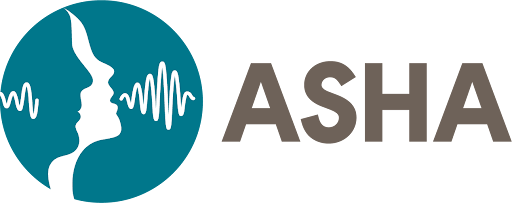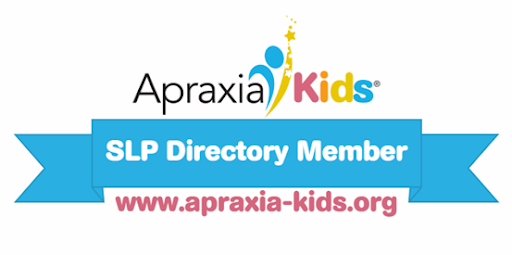
Speech Sound Production and Reading
Reading is composed of two different concepts which include word recognition and comprehension. A breakdown in either one will lead to reading difficulties. Presently, there is no specific data connecting sound production to literacy skills; however, speech sound disorders can be an early warning sign for dyslexia. Dyslexia is a phonological processing disorder that is not curable, but it is treatable. Red flags for dyslexia in late preschool and early kindergarten include poor phonological awareness and poor speech sound production. Early screening is recommended so your child can have all the necessary services to be successful.




